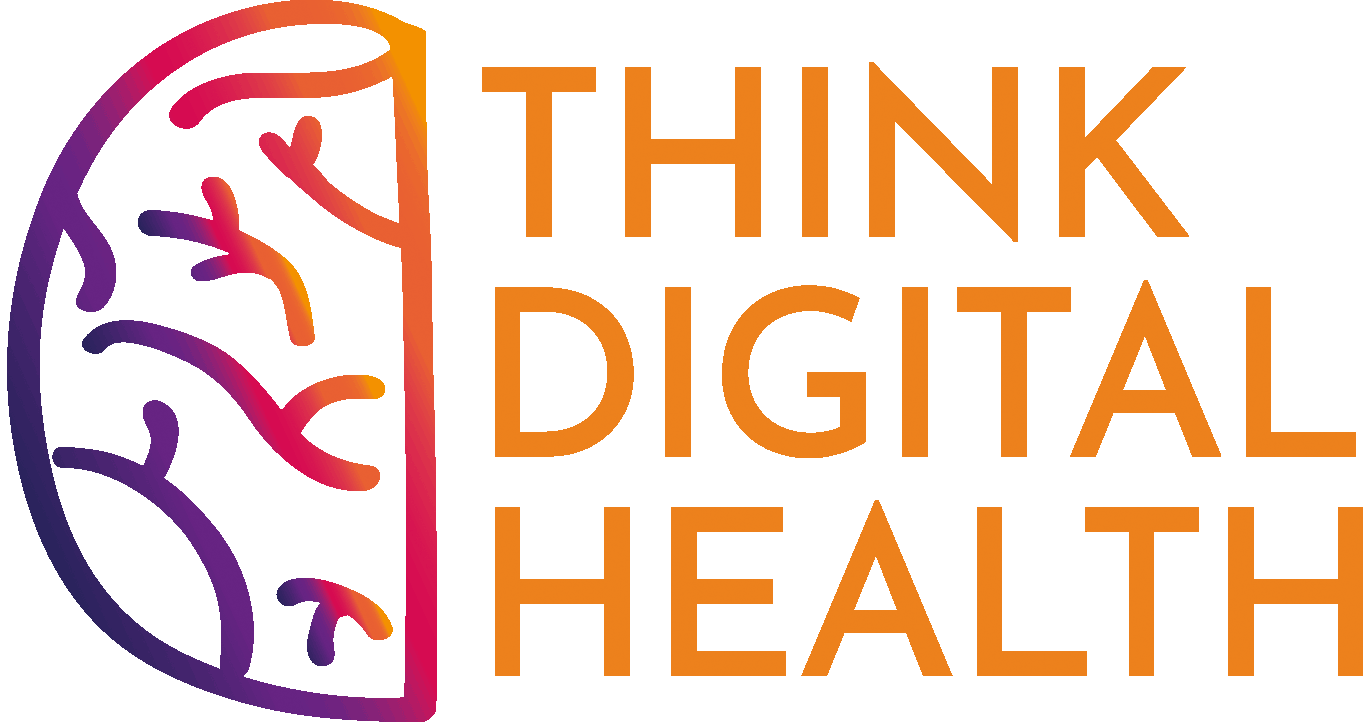Digitizing the Oncology Specialty: Diagnostics
- Christy Cheung
- Oct 2, 2019
- 4 min read
The promise of digital is tremendous within the realm of healthcare. It has the potential to positively impact all disease areas from prevention and management to treatment and post-treatment monitoring. Oncology is a complex discipline whose etiology is multifactorial, whose disease course can be benign in nature, or can inexplicably evolve into an ominous beast, notwithstanding the possibility of it spreading to the patient’s other organs.
This is the first of a two-part series highlighting the impact of technology in diagnosing cancers. Part II will then take a look at how technology is disrupting the management and treatment of cancers.
Diagnostics
Despite notable advances in recent years, oncology takes on a nebulous form within medicine that oncologists and healthcare specialists can never quite grasp. Signs and symptoms are non-specific and depend entirely on the location, size, and function of the tumour. There are no definitive diagnostic methods with which to accurately diagnose cancer, but an amalgam of tests — imaging, laboratory, biopsy, genetic, endoscopic, — may be used to inform the clinician.
Diagnostic imaging, in particular, has seen much improvement in line with technological advances in society. For the purposes of oncology, multiple types of imaging tests, such as CT, MRI, PET, X-rays, and nuclear scans, are used to assist in the detection of tumours, to follow the progression of the disease, and to establish whether the current treatment is effective. Then there are biopsies, which are procedures that involve the extraction of tissues or cells from the body. Biopsies have undergone significant digital enhancements whereby instead of the glass slide (containing the tissues or cells) being examined under the microscope, it can now be digitized, and at high resolution. Whole slide imaging (WSI), as it has been described, is yet another move to introduce digitization to clinical workflows across all realms of healthcare.
Aside from the obvious benefits of simplifying the management of an otherwise crowded archive of physical glass slides, WSI provides an opportunity to strengthen collaboration among clinicians, to educate the medical community, and to increase access to underserved areas. To elaborate further, its ease of use allows for samples to be projected onto a screen, for example, creating an opportunity for better communication between healthcare teams in rural areas and established centres in metropolitan cities. Similarly, these digital images can be used in conference presentations and workshops in academic environments.
With biopsy samples taking on a digital form, there is no doubt it opens doors to other technologies, namely artificial intelligence, to come in and to impact diagnostic capabilities. These digital images can be used to train machines to classify tumour types and to differentiate amongst other physiological abnormalities, and we will likely soon reach a time in which AI will act as a second eye to the clinicians’ diagnosis, ultimately minimizing errors and improving patient safety on the whole.
Incorporation of artificial intelligence into the oncology setting not only refines current practices, but it also enriches our understanding of oncology as know it. Amassing imaging data with clinical records — patient history, laboratory values, demographic information — and feeding that into established machine learning algorithms will allow for more comprehensive understanding of the contributing factors of cancers. But, only when we turn these data into clinically actionable recommendations, can we then call it a success!
Another particular area of interest to digital health enthusiasts is genomics data.
Of all the chronic conditions, cancer is one in which genetics are intricately linked.
I mentioned earlier that genetic tests are commonly included in the slew of diagnostic procedures that patients have to go through. Let's go back to the basics and understand why it is such an integral component.
Cancer, in and of itself, arises as a result of abnormalities in our genes. Genes are the blueprint that we inherit from our parents and they contain valuable information about the inner workings of our body. In other words, genes act as the instruction manual for our body, so to speak, directing what proteins are made and when. If tampered with, our genes lose control of the cells in our body, which causes overproduction of certain proteins. What results is a chaotic mess of cells that has marked its territory in a particular organ.
To be clear, these genetic changes can be both inherited from our parents or can be acquired during our lifetime (from exposure to harmful elements in the environment). Next-generation DNA sequencing tests are used to explore such genetic changes that may have given rise to a patient’s cancer, and they do so by comparing the sequence of the DNA in cancer cells with that in normal cells. The cost and speed associated with DNA sequencing has been dramatically reduced in recent years, and as we continually derive genomic data from oncology patients, we can start to restructure the way we tackle the diagnosis, management, and treatment of cancers.
Oncology is a challenging specialty, in which no two patient cases are the same. You are dealing with a living disease (tumour) that continues to morph and to wreak havoc in the patient's body. It is almost as if it is a game of cat-and-mouse. The clinician initially outsmarts the tumour, then the tumour changes its tactic, and we find ourselves back at square one. With the assistance of emerging technologies, we should remain hopeful that we will be able to outsmart these tumours quicker and long enough to suppress them for good.
Thanks for reading, as always!




Comments